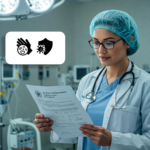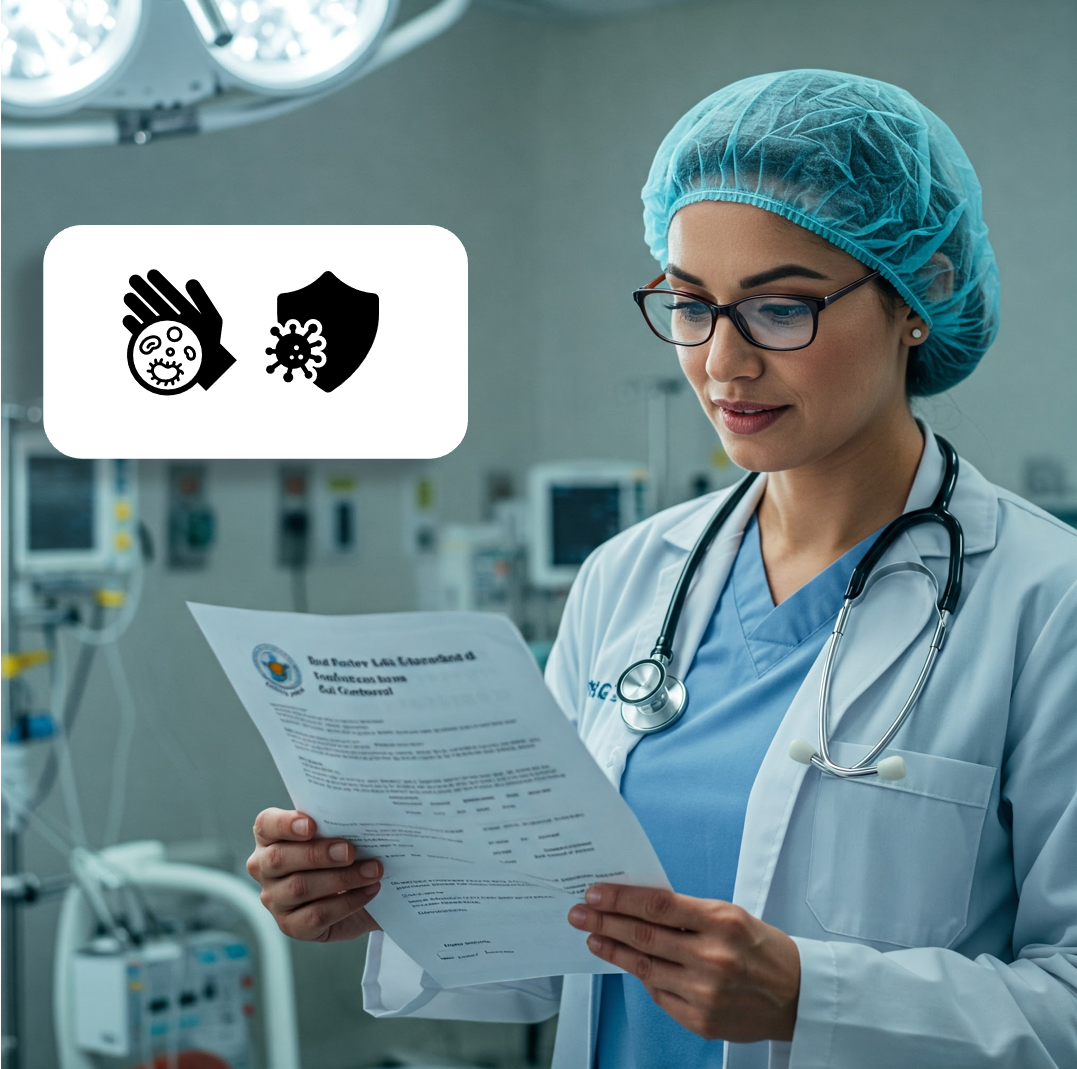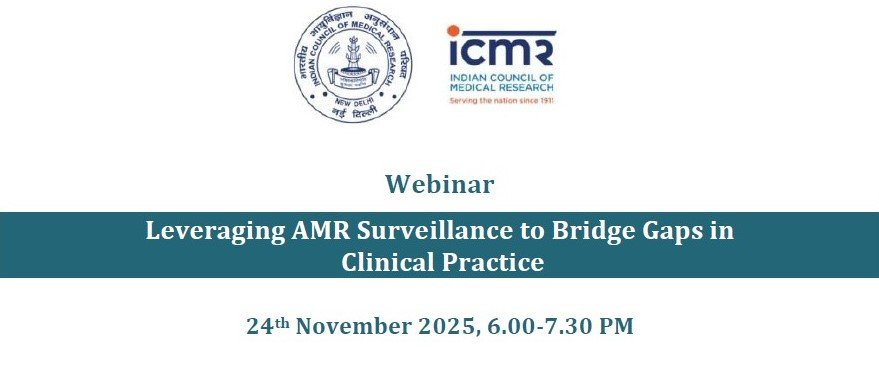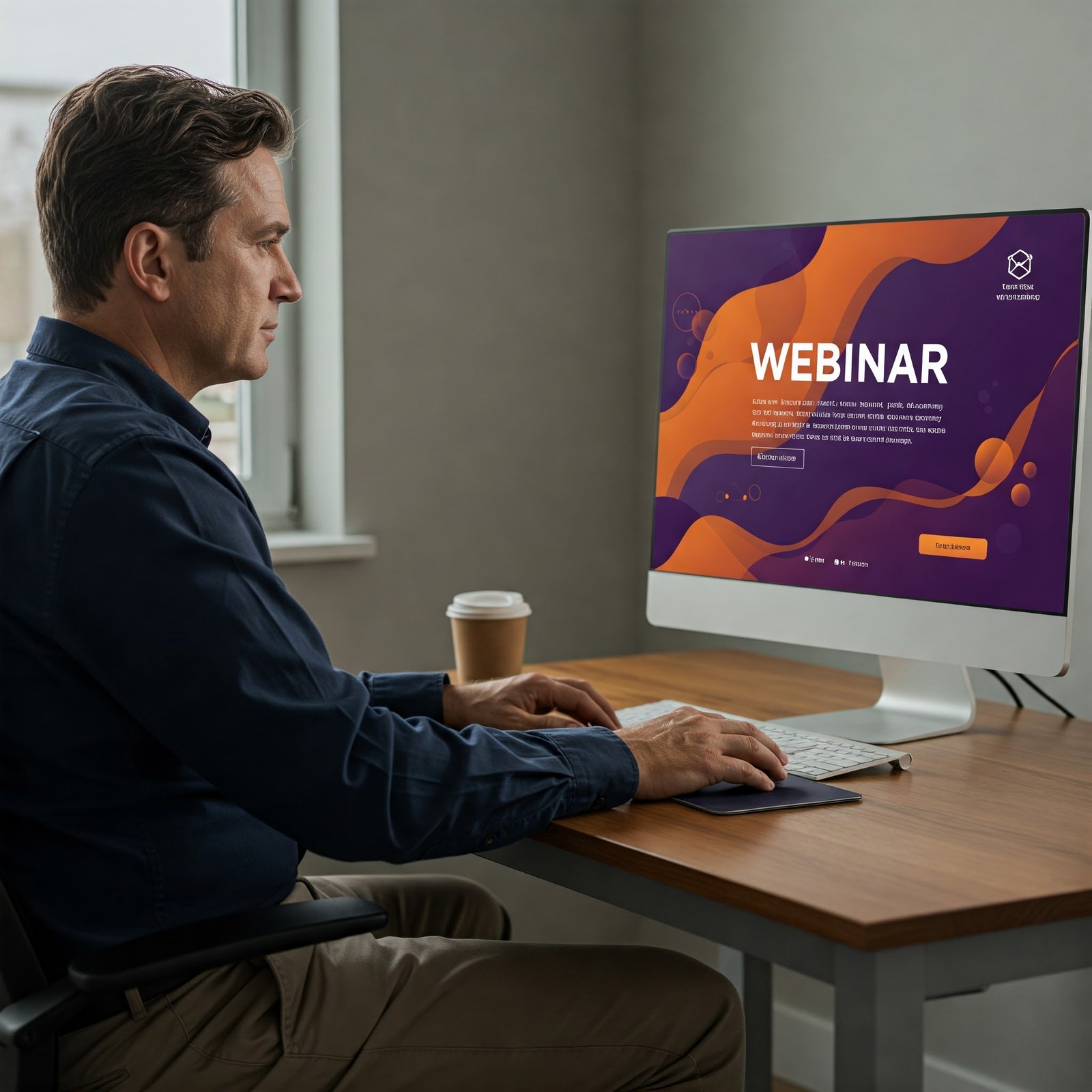Disclaimer: This post is for academic purposes only. Please read the original document if you intend to use them for clinical purposes.
This document summarizes critical safety protocols, themes, and best practices for Healthcare workers (HCWs), to ensure a safe and healthy work environment as per Joint Commission. It highlights key areas such as Infection Prevention and Control (IPC) which is a cornerstone of HCW safety, emphasizing stringent hand hygiene, appropriate use of Personal protective equipment (PPE), and specific protocols for managing infectious agents.
IPC components of HCW safety:
Hand Hygiene
- Necessity of Hand Hygiene: Hand hygiene is paramount and required in numerous scenarios. Key moments include:
- After contact with a patient, blood, body fluids, or visibly contaminated surfaces.
- After removing gloves.
- When hands are visibly soiled.
- Before eating or drinking.
- Before and after patient contact.
- Before performing an aseptic task (e.g., inserting an IV, preparing an injection).
- After caring for patients with known or suspected Clostridium difficile or norovirus infections during an outbreak.
- After potential exposure to anthrax (Bacillus anthracis).
- Methods of Hand Hygiene:
- Soap and Water: Required when hands are visibly soiled or after restroom use. The process should take 40–60 seconds and involves wetting hands, applying soap, covering all surfaces, rinsing completely, drying thoroughly with a disposable towel, and using the towel to turn off the faucet.
- Alcohol-Based Hand Rub (ABHR): Used when hands appear clean—not visibly dirty or soiled. The procedure for ABHR should take 20–30 seconds and involves applying a palmful, rubbing palm to palm, rubbing the back of hands with interlaced fingers, rubbing palms with interlaced fingers, rubbing backs of fingers to opposing palms, rubbing thumbs clasped in palms, and rotational rubbing of fingertips. Hands must dry completely before donning gloves.
- Accessibility: Soap, water, and a sink must be readily accessible in appropriate locations, including but not limited to patient care areas and food or medication preparation areas. ABHR dispenser placement, volume, and alcohol concentration must be as per internationally accepted guidelines.
- WHO’s 5 Key Moments: The briefing references WHO’s 5 Key Moments for Hand Hygiene, which include:
- Moment 1: Before touching a patient.
- Moment 2: Before any aseptic procedure.
- Moment 3: After body fluid exposure risk (e.g., after inserting/removing invasive medical devices, after handling contaminated samples/surfaces).
- Moment 4: After touching a patient.
- Moment 5: After touching patient surroundings (e.g., bed linen, bedside table, inanimate objects in the room).
Personal Protective Equipment (PPE)
- General Principle: PPE selection should be based on assessment of potential exposure.
- Gloves:Necessity: Required for contact with “blood, body fluids, excretions, or secretions, mucous membranes, non-intact skin or contaminated supplies, devices, or equipment.
- Usage: Work from clean to dirty change gloves if torn or heavily soiled and change/remove gloves when moving from a contaminated body site to another or to the environment within the same patient.
- Removal: Always remove and discard gloves before leaving the patient’s room or care area. Hand hygiene must be performed immediately if hands become contaminated during removal.
- Face Masks: Necessary if involved in a procedure or activity that is likely to splash or spray blood or other body fluids.
- Gowns: Required for contact with blood or other body fluids. Gowns should fully cover torso and be changed after use with each patient.
- Goggles/Face Shields: Necessary if involved in a procedure or activity that is likely to splash or spray blood or other body fluids. They should be removed and discarded before leaving the patient’s room or care area.
- Respirators:
- Certification: Only use employer-approved respirator that has been certified for protection against tuberculosis (TB) by the National Institute for Occupational Safety and Health (NIOSH).
- Inspection: Before use, inspect the outside of the respirator filter material for damage or soiling.
- Use for Legionella: Required if exposed to aerosolized Legionella, for example, when examining affected water systems or conducting disinfection activities. N100 filters or similar are recommended for most exposures.
- Removal: Remove without touching the front. Discard if damaged or soiled. Store as directed by employer if reusable or not damaged/soiled.
- Hand Hygiene After PPE Removal: Perform Hand Hygiene after all PPE is removed. This applies whether hands are visibly soiled (soap and water) or not (ABHR).
Specific Infection-Related Protocols
- Respiratory Hygiene/Cough Etiquette: Staff are encouraged to cover mouth and nose with a tissue when coughing or sneezing, dispose of the tissue after each use, and perform hand hygiene after having contact with respiratory secretions and contaminated objects/materials.
- Legionellosis Prevention: Requires a risk assessment to determine exposure possibility. During known or suspected outbreaks, respirators are mandatory if exposure to aerosolized Legionella is likely. During routine maintenance, wear eye protection (goggles or face shield), protective gloves, and suitable protective clothing as recommended by the manufacturer.
Sharps Injury Prevention
- Comprehensive Plan: Organizations must have a written Exposure Control Plan as required by Occupational Safety and Health Administration (OSHA) Bloodborne Pathogens Standard.
- Sharps Disposal: Facilities must use closable, puncture-resistant, leakproof on the sides and the bottom, and labeled biohazardous sharps disposal containers. These containers must be made of rigid plastic as per international/national guidelines, and marked with a fill line.
- Prevention Measures:
- Completion of the Hepatitis B vaccine series.
- Avoiding sharps when safe and effective alternatives are available.
- Planning for safe handling and disposal before use (e.g., having a container nearby that is less than three-fourths full).
- Activating/using medical device safety features.
- Avoiding passing sharps from hand to hand.
- Promptly reporting sharps hazards and injuries to supervisors.
- Needle Recapping: Avoid recapping needles by hand. If recapping is necessary, use either a mechanical device or a one-handed scoop technique.
Conclusion:
This comprehensive approach underscores the commitment to a safe environment for all healthcare workers, addressing both immediate IPC hazards and long-term well-being.
Citation: “Health Care Worker Safety Checklists: Protecting Those Who Serve”. JCR – Joint Commission Resources. 2020









